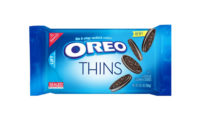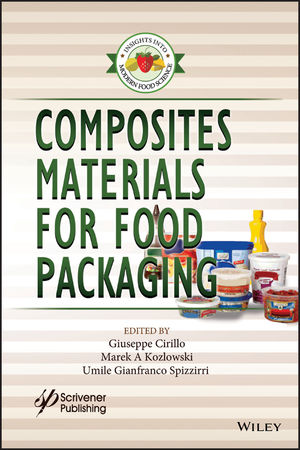Films
Innovia Films Launches Thinner APO45 Shrink Film
-1170x658-.jpg?1683128180)
Image courtesy of Innovia Films
Innovia Films has introduced APO45, a floatable and sustainable shrink sleeve material developed to boost PET recycling rates and support a circular economy for packaging. Examples of this include:
- The product is suitable for use in all shrink sleeve applications in the household, laundry, personal care, food, dairy and beverage markets, states the company.
- Underlying PET material can be detected by NIR sorting systems reportedly due to the thinness of the APO45 shrink sleeve.
- Polyolefin shrink sleeves automatically detach from the PET bottle during sorting and recycling.
After introducing RayoFloat APO into the global shrink sleeve market, Innovia Films aims to extend its range by developing a thinner version, APO45, to accompany its APO50. The low-density nature of the polyolefin-based film means that the finished sleeves are lighter than a comparable PET sleeve, helping to cut carbon emissions for transport throughout the supply chain, according to the company.
“RayoFloat APO is a low-density polyolefin material, floats during the sink/float recycling separation process and results in a high yield of PET flakes,” explains Alasdair McEwen, global product manager—Labels & Graphics. “Sorting is key for recycling—the thinner the shrink sleeve film is, the easier the sorting technology can detect the PET material and sort the bottle into the right fraction.”
Using APO, brand owners and packaging producers can meet new forthcoming regulations around extended producer responsibility (EPR) schemes and meet packaging for design for recycling guidelines like those from RecyClass. APO is also approved and certified for its recyclability by the industry’s global bodies, the European PET Bottle Platform (EPBP) and the Association of Plastic Recyclers (APR).
According to McEwen, the visual appearance of APO is comparable to shrink sleeve films like PVC and PET shrink sleeves. The company states the material behind RayoFloat APO was developed for the optical clarity required for the market. It mentions the high gloss levels, particularly as part of the product’s optical properties.
Looking for a reprint of this article?
From high-res PDFs to custom plaques, order your copy today!



-Rayoform-EUP60.jpg?height=200&t=1694460125&width=200)




